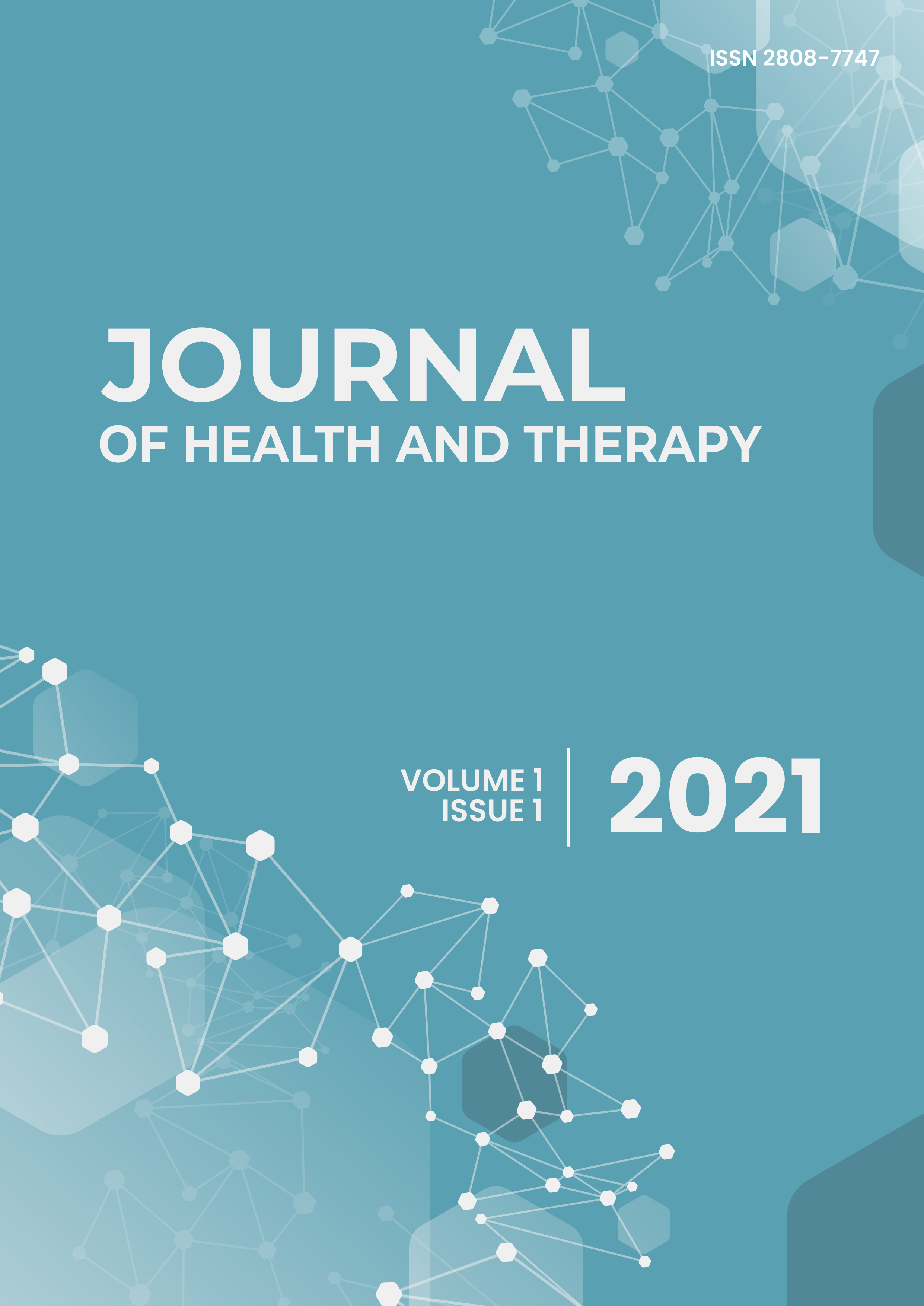Penatalaksanaan Fisioterapi pada Diabetic Peripheral Neuropaty (DPN) pada Pasien dengan Kasus Diabetes Militus Tipe II: A Case Report
DOI:
https://doi.org/10.53088/jht.v1i1.2107Keywords:
diabetic peripheral neuropathy, physiotherapy, range of motion, balanceAbstract
Background Diabetic Peripheral Neuropathy (DPN) is a symptom experienced in most cases of Type II Diabetes Mellitus. Which causes sensory disturbances such as pain sensations, numbness, burning sensations, and even can cause decreased muscle strength and balance disorders. Symptoms of DPN occur in 2/3 of cases of DM. This case report aims to present a physiotherapy management strategy in Diabetic Peripheral Neuropathy. Case description, of a 70 year old woman with a medical diagnosis of Diabetic Peripheral Neuropathy. The patient complained of burning sensation along the legs and numbness in the soles of the feet, especially in the right leg. The physiotherapist met with the patient 3 times. Result: The results of the evaluation for 3 treatments showed that there were changes in aspects of neuropathy, dynamic balance, lower extremity muscle strength, and burning sensation and numbness. For the patient's static balance aspect, there was no decrease in the level of static balance. In addition to the range of motion (ROM) of the lower extremities, there are no complaints. Discussion: Physiotherapy interventions are very beneficial for patients with Diabetic Peripheral Neuropathy. Although, the process of peripheral nerve recovery takes a long time, physiotherapy intervention can minimize the symptoms resulting from Diabetic Peripheral Neuropathy. Further research is needed to determine the importance of physiotherapy in the condition of Diabetic Peripheral Neuropathy.
References
Asada, F., Nomura, T., Tagami, M., Kubota, M., Ohashi, M., & Nomura, M. (2017). Lower-limb muscle strength according to bodyweight and muscle mass among middle age patients with type 2 diabetes without diabetic neuropathy. Journal of Physical Therapy Science, 29(7), 1181–1185. https://doi.org/10.1589/jpts.29.1181
Auretani, F. U. L. (2012). Role of Muscle Mass and Muscle Quality and Gait Speed. 35. https://doi.org/10.2337/dc11-2202
Ferreira, J. P., Sartor, C. D., Leal, Â. M. O., Sacco, I. C. N., Sato, T. O., Ribeiro, I. L., … Salvini, T. F. (2017). Clinical Biomechanics The effect of peripheral neuropathy on lower limb muscle strength in diabetic individuals. 43, 67–73. https://doi.org/10.1016/j.clinbiomech.2017.02.003
Grewal, G. S., Schwenk, M., & Lee-eng, J. (2015). Sensor-Based Interactive Balance Training with Visual Joint Movement Feedback for Improving Postural Stability in Diabetics with Peripheral Neuropathy: A Randomized Controlled Trial. (February). https://doi.org/10.1159/000371846
Jack, M., & Wright, D. (2012). Role of advanced glycation endproducts and glyoxalase I in diabetic peripheral sensory neuropathy. Translational Research : The Journal of Laboratory and Clinical Medicine, 159(5), 355–365. https://doi.org/10.1016/j.trsl.2011.12.004
Jernigan, S. D., Pohl, P. S., Mahnken, J. D., & Kluding, P. M. (2012). Diagnostic Accuracy of Fall Risk Diabetic Peripheral Neuropathy. 92(11), 1461–1470.
Kalyani, R. R., Metter, E. J., Egan, J., Golden, S. H., & Ferrucci, L. (2015). Hyperglycemia Predicts Persistently Lower Muscle Strength With Aging. 38(January), 82–90. https://doi.org/10.2337/dc14-1166
Mscot, P. H., & Deshpande, N. (2016). Falls and Balance Impairments in Older Adults with Type 2 Diabetes : Thinking Beyond Diabetic Peripheral Neuropathy. 40(1), 6–9. https://doi.org/10.1016/j.jcjd.2015.08.005
Reeves, N., Bowling, F. L., & Jeziorska, M. (2016). Reduced Lower-Limb Muscle Strength and Volume in Patients With Type 2 Diabetes in Relation to Neuropathy, Intramuscular Fat, and Vitamin D Levels. i(January). https://doi.org/10.2337/dc15-0995
Silva, L. J. D., Lin, J., Staecker, H., Whitney, S. L., & Kluding, P. M. (2016). Impact of Diabetic Complications on Balance and Falls : Contribution of the Vestibular System. 96(3), 400–409.
Downloads
Published
How to Cite
Issue
Section
License
Copyright (c) 2021 Demma Taufan Duwa

This work is licensed under a Creative Commons Attribution-ShareAlike 4.0 International License.
Authors who publish with this journal agree to the following terms:
The author(s) retain copyright and grant the journal the right of first publication with the work simultaneously licensed under a CC BY-SA 4.0 license that allows others to remix, adapt, and build upon the work even for commercial purposes, as long as they credit the author(s) and license their new creations under the identical terms.
License details: https://creativecommons.org/licenses/by-sa/4.0/

